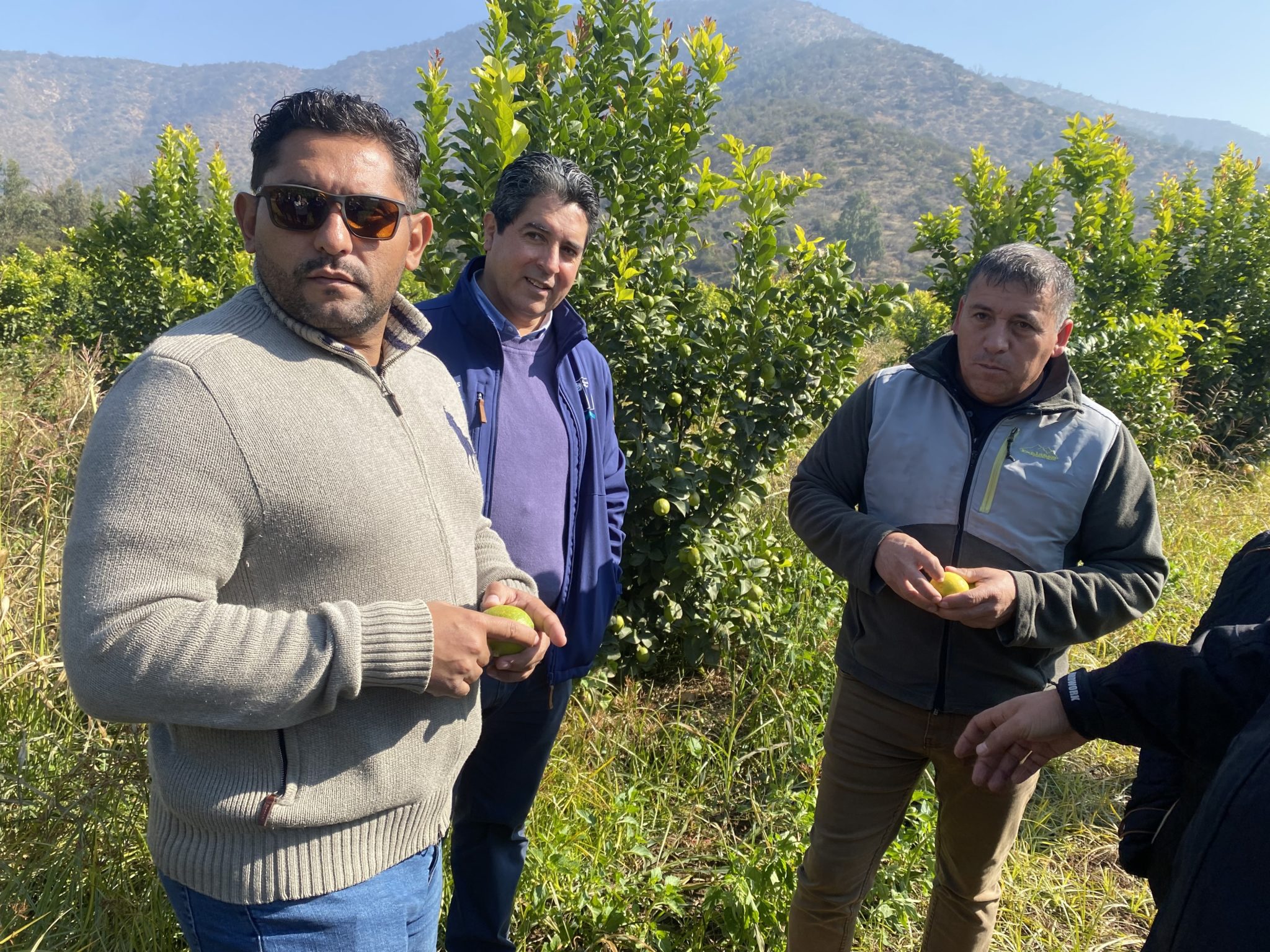How Advanced Irrigation Techniques Can Save Water and Boost Crop Yields
In an era where water conservation is crucial, especially for agriculture, smart irrigation systems are proving to be a game-changer. These innovative technologies not only ensure efficient water usage but also enhance crop yields, making them an essential tool for sustainable farming practices.
The Importance of Water Conservation in Agriculture
Water is a vital resource for agriculture, but it is often used inefficiently. Traditional irrigation methods can lead to significant water wastage, contributing to water scarcity issues, particularly in regions prone to droughts. Smart irrigation systems address this problem by using technology to optimize water distribution based on the specific needs of crops and environmental conditions.
How Smart Irrigation Systems Work
Smart irrigation systems use sensors, weather forecasts, and soil moisture data to determine the optimal watering schedules and amounts. These systems can adjust in real-time to changing weather conditions, ensuring that crops receive the right amount of water without any excess. This precision not only conserves water but also prevents overwatering, which can lead to nutrient leaching and other soil health issues.
Benefits of Smart Irrigation Systems
- Water Savings: By delivering water more efficiently, smart irrigation systems can reduce water usage by up to 50%. This is particularly important in areas where water resources are limited.
- Improved Crop Yields: Precise water delivery ensures that crops receive the right amount of moisture, promoting healthier growth and higher yields.
- Cost-Effective: Although the initial investment in smart irrigation technology can be high, the long-term savings on water bills and increased crop production can offset these costs.
- Environmental Sustainability: Reducing water waste and improving soil health contribute to more sustainable farming practices, helping to preserve natural resources for future generations.
Case Study: Smart Irrigation in Action
A successful example of smart irrigation implementation can be seen in a vineyard in California. Faced with severe drought conditions, the vineyard adopted a smart irrigation system that used soil moisture sensors and weather data to optimize water use. As a result, the vineyard reduced its water usage by 40% while maintaining high-quality grape production. This not only conserved a precious resource but also improved the vineyard’s profitability.
Challenges and Future Prospects
While the benefits of smart irrigation systems are clear, there are challenges to their widespread adoption. High initial costs, technical complexity, and the need for ongoing maintenance can be barriers for some farmers. However, as technology advances and becomes more affordable, it is expected that more farmers will embrace these systems.
Governments and agricultural organizations can play a crucial role by providing financial incentives and technical support to encourage the adoption of smart irrigation technologies. Investing in research and development will also help to improve these systems and make them more accessible to farmers worldwide.
Conclusion
Smart irrigation systems represent a significant step towards sustainable agriculture. By conserving water and improving crop yields, these technologies can help address some of the most pressing challenges in modern farming. As the global population continues to grow and climate change impacts water availability, the adoption of smart irrigation systems will be essential for ensuring food security and preserving natural resources.
Error




